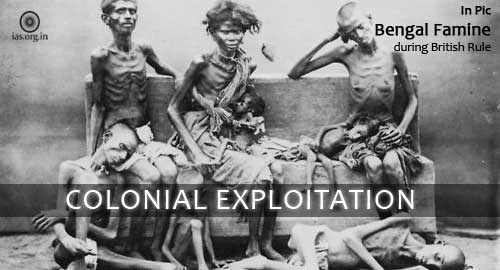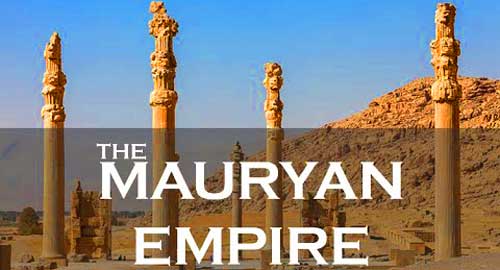Gopal Krishna Gokhale, born on 9 May 1866 in a village named Kothuluk of Guhagar Taluka in Ratnagiri district in the present day State of Maharashtra (at that time in the Bombay Presidency) in a Chitpavan Brahmin family, was an outstanding intellectual India witnessed during the early quarter of the 20th century.
His education, Gopal Krishna Gokhale graduated from Elphinstone College in 1884, influenced his career in a tremendous way, for, in addition of learning and becoming familiar with English language, he was exposed to Western political thought; those thoughts impressed him to such an extent that Gopal Krishna Gokhale became a great admirer of authors like John Stuart Mill and Edmund.
Although Gopal Krishna Gokhale was a staunch critic of the English colonial rule, the respect for English political theory and institutions acquired by Gokhale in his college days remained with him for the rest of his life and often reflected in his way of dealing many situations he encountered.
Must Read: Brief biography of Mahatma Gandhi – A Journey from Mohandas to Mahatma
Entry into Indian National Congress
Gopal Krishna Gokhale, who acquired the membership of India National Congress in 1889, struggled for decades to get greater political representation and power over public affairs for common Indians.
As Gopal Krishna Gokhale was moderate in his views so he always approached British authorities with petitions to cultivate a process and system of dialogue and discussion that in Gokhale’s opinion, would fetch greater British respect for Indian rights. Gopal Krishna Gokhale became the joint secretary of the Indian National Congress in 1895.
Read Also: National Movement of India: 1920 to 1940
Gopal Krishna Gokhale: an outstanding intellectual
Gopal Krishna Gokhale got intensive training in India Economics by Justice Mahadev Govind Ranade and G.V. Joshi. Some historians have even called him ‘a protégé’ of social reformer Justice Mahadev Govind Ranade.
Gopal Krishna Gokhale was not a “good orator” as it was not in his nature to use strong and forceful language as was the case with his other well-known Colleges like Tilak, Dadabhai Naoroji and RC Dutt.
As a speaker, Gopal Krishna Gokhale was gentle, courteous, reasonable, non-flamboyant and lucid. He always favoured detailed knowledge and the careful, cool and logical presentation and analysis of data. All these reflected in his speeches that did not entertain or hurt; however, they slowly drew the listener’s or reader’s attention by their intense intellectual power.
Gopal Krishna Gokhale got famous, primarily, for his budget speeches that were reported widely by the newspapers whose readers used to wait eagerly for their morning copy. He virtually changed the Legislative Council into an open university for catering political education to the people of the country.
It was his first budget speech on 26 March 1902 that earned him the name and fame of ‘the greatest parliamentarian that India has produced’.
In that historic session of the Parliament, when Edward Law, the Finance Member, presented the budget of a seven-crore-rupees surplus, he received congratulations of the house with great pride.
When Gopal Krishna Gokhale started to speak he began by saying that he could not ‘conscientiously join in the congratulations because of the huge surplus’. For him surplus budget did not bring the good news; on the contrary, the surplus budget, for G.K. Gokhale, “illustrated the utter absence of a due correspondence between the condition of the country and the condition of the finances of the country”.
In fact, according to Gopal Krishna Gokhale, this surplus in times of serious depression and suffering, made a wrong to the community.
Every aspect he raised indicated that the centre of his speech was the poverty of the people.
After examining all aspects of the problem Gokhale came to the conclusion that the material condition of the majority of people was ‘Steadily deteriorating’ and that the phenomenon was ‘the saddest in the whole range of the economic history of the world’.
Read Also: Emergence of Gandhi
Gopal Krishna Gokhale as a staunch economist
Analyzing the budget (1902) in detail he demonstrated how to land revenue and the salt tax had been soaring even in times of drought and famine. Demanding the reduction of these two taxes he vigorously sought for raising the minimum level of income liable to income tax to Rs. 1000 so that the lower middle classes would not face the heat.
Gopal Krishna Gokhale not only demanded greater expenditure on education and industry but also condemned the large expenditure on the army and territorial expansion beyond Indian boundaries. He plainly, without putting any irony in his tone or without raising the pitch of his voice, said that the management of Indian Finances revealed that Indian interests were invariably subordinate to foreign interests.
Gopal Krishna Gokhale became successful in linking the poor condition of Indian finances and the poverty of the Indian people in general with the colonial status of the Indian economy and polity. And he did all this by quoting at length from the Government’s own blue books.
On Gokhale’s getting sudden fame for his first budget speech, that had ‘an electrifying effect’ on the people, his biographer B.R. Nanda has perhaps rightly observed “Like Byron, he could have said that he woke up one fine morning and found himself famous.
Don’t Miss: Significance of the Harappan Civilization






